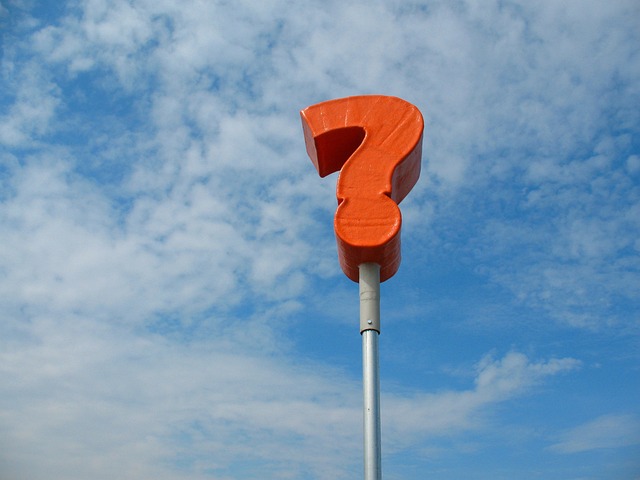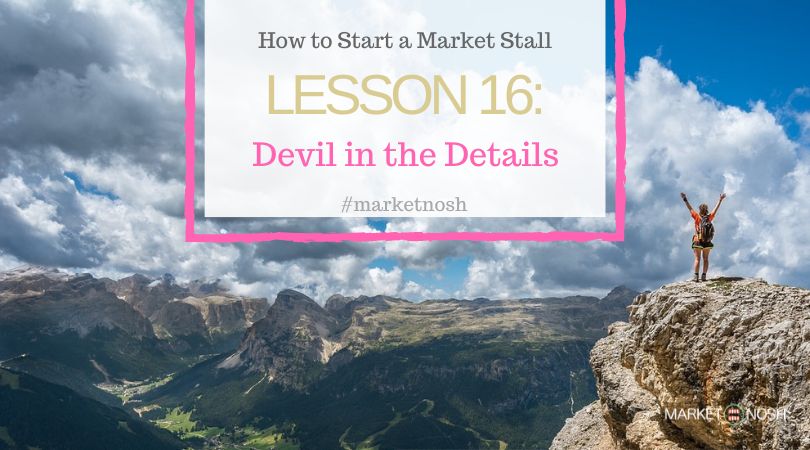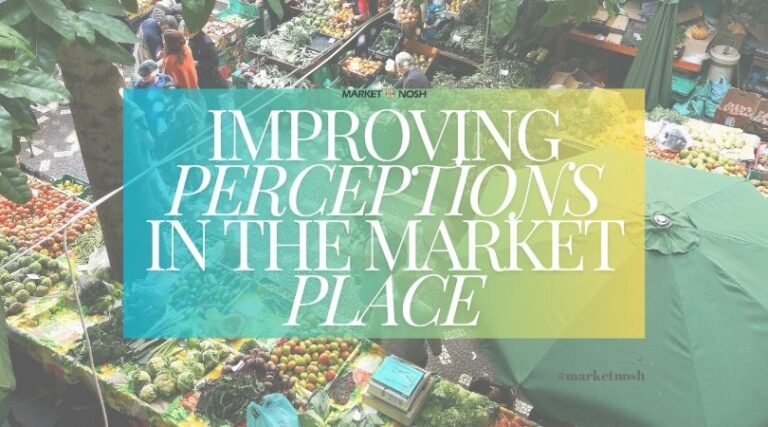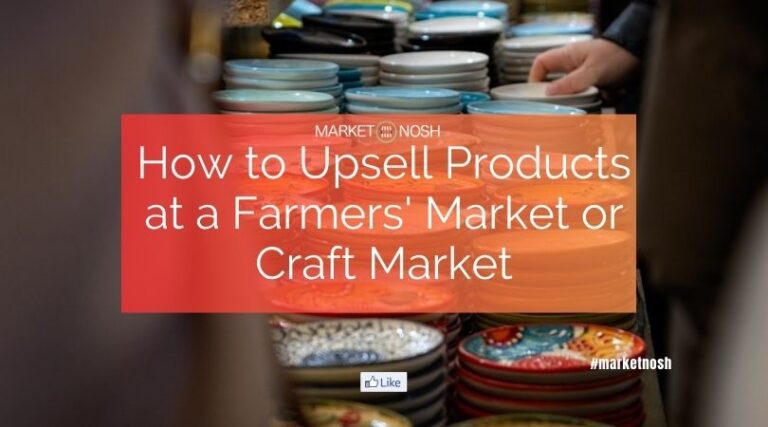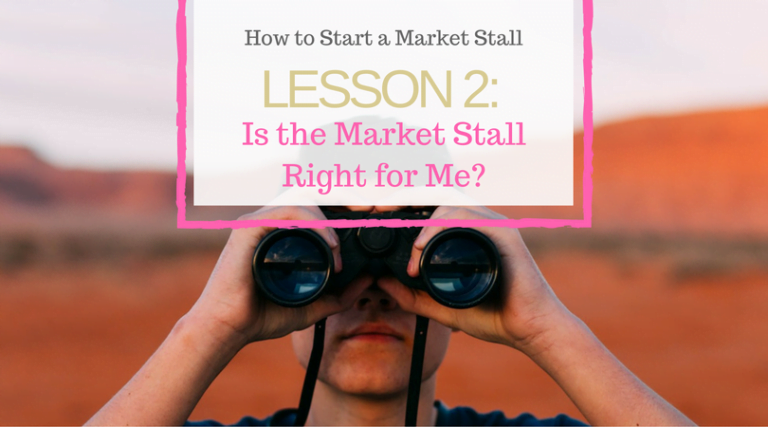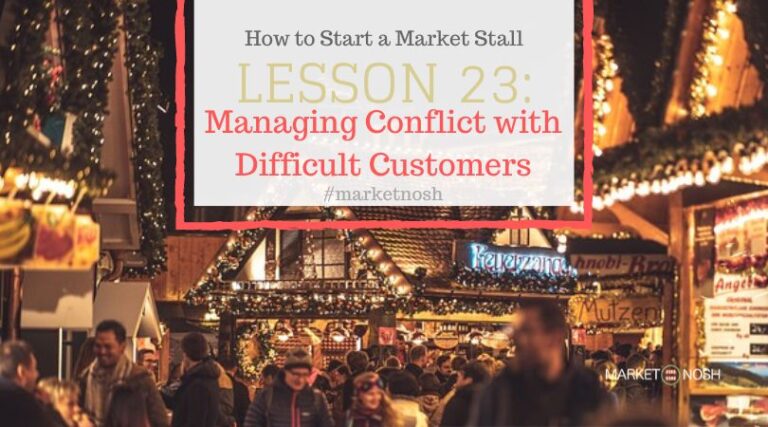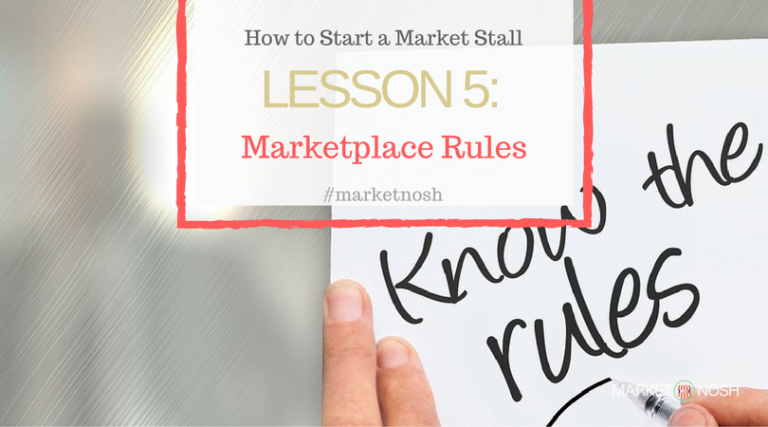Lesson 16: Devil in the Details
The one thing that trips everyone up is the paperwork and the small admin jobs that are required for every business. Whether you are a small producer or a large conglomerate, there is always admin.
Now the easiest advice I can give is, hire someone else to do it for you, but that will prevent you from learning some very important business lessons.
The final lesson of the fourth module for How to Start a Market Stall, I want to look at the admin you should be keeping as a matter of course. From record keeping to business cards, floats to packing up, this is an overview of the admin you ought to be doing!
Money Matters
Money Matters
As a Market stall trader you will be handling and ealing with money in all types of formats. Cash is always king, but you may also have card payments to consider when tallying up your sales.
This is where you need to keep track of what you are spending and how much you are making. Initially, you will have had a good idea of your budget from your Business Plan building exercise you did earlier on. But how do you continue to see where that money is going and how you are getting it back?
Accounts, that’s how. You need to keep the records straight. In Module 5 we will delve a little deeper into ways you can keep your accounts and show what you are making clearly, least of all for your accountant/tax man but more for your own idea of what you are making is supporting you sufficiently.
For now, buy an A4 book and write Accounts on the front. Then list everything you buy and sell, line by line as you go. Think of it in 4 columns.
Date | I tem/Product/Service | Money In | Money Out
Now you have a running balance of your spend.

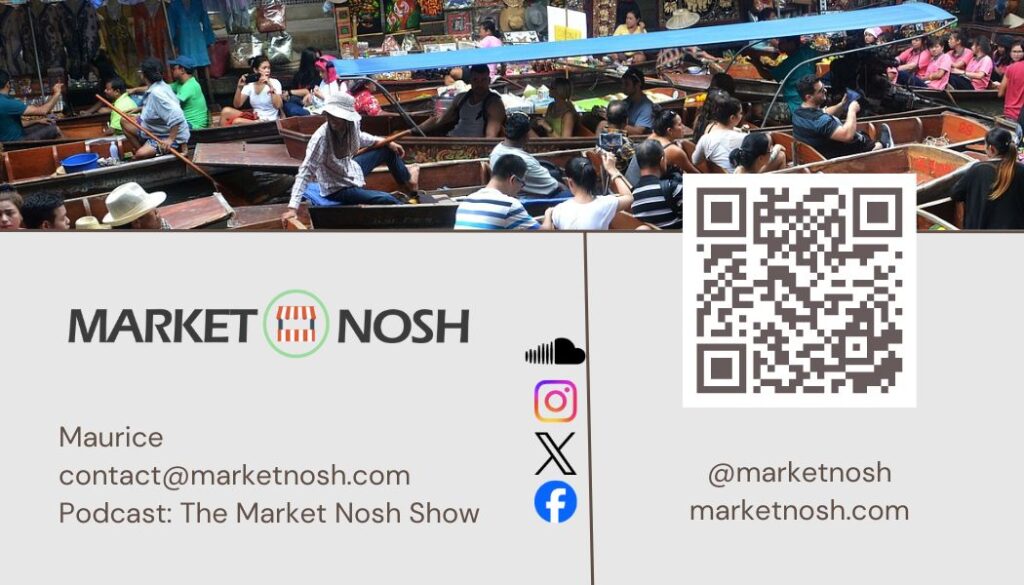
Business Cards
Okay, who needs them, we all have phones!
We do, because it goes a little further than a phone. It is tangible, it has the details right there. People associate the card with the location they bought it in. There is a connection with your stall and your card.
Now you could spend hundreds on each card or you could simply make some from your own or a friends printer. Even hand write them for a personal touch if necessary.
It should contain your Name, the Stall/Business Name, Phone number, Social Media & handle (e.g. @marketnosh) and email address, at the very least!
BUT – DON’T CROWD the business card. Better to have a Facebook address that points to your Instagram and X feeds, than not be able to read your business card because the writing is so small!
Bring Pen and Paper
If you had forgotten about the pen and paper, put it in the bag now. In fact, put three or four pens in the bag and have a pad with you.
This is going to come in handy for:
- taking contact details of potential customers
- website addresses for your networking contacts
- small to do lists for your stall, and
- an ideas page for new ideas for creating products for your stall when you think of them
Do not think for a second your phone will do. When it is busy the last thing you will want to be doing is looking at a screen. You can pass people a page and they can write their details as you talk with other customers.
It’s quick to write down notes. You can always type them into your phone later on in the day or on your way home when things are a little quieter.
Make the most of your sales technique. Technology is great but one screen and lots of people doesn’t make it easier to sell!
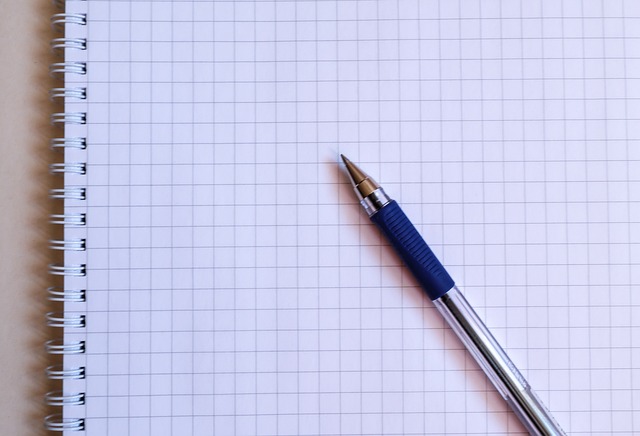
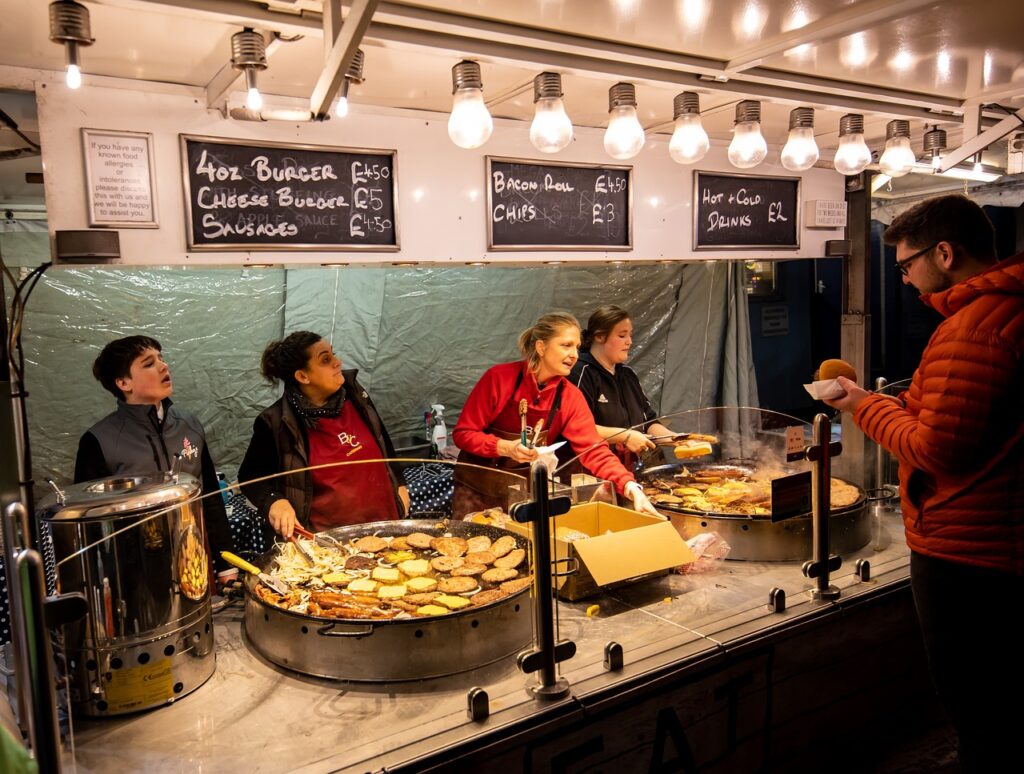
Posters
Let your poster say a stall name, an image that describes what it is you are selling, and a contact detail for people to get in touch with.
Don’t write a long email address. Use a username like the @marketnosh for my Facebook page or the @marketnosh for my X page. Keep it simple for people to see.
When people take photos of your stall your poster may just be in the picture and that is free advertising for you. Make it count!
Your Float
If you are unfamiliar with a float in this modern age of tap-n-pay it is a cash sum made up of small change to be able to give customers back change for their payments.
Using a cash float will at least allow you to make all the money you are asking instead of giving back some change and losing out because you don’t have the right amounts.
Take a £20, and go to your bank and ask for change. Go to your piggy bank on the book shelf and use all the change for your float.
Whatever amount you change, write that into your ‘account’ notebook to show what you started off with and what you are due back after you have made your sales.
The next consideration is where to keep it. Some market stall traders have a bag that you put round your waist so you always know you have your money with you and no-one is going to grab it and run off with it.
Others use a little cash box with a key.
Either way, try not to leave it in the open for it to be stolen.
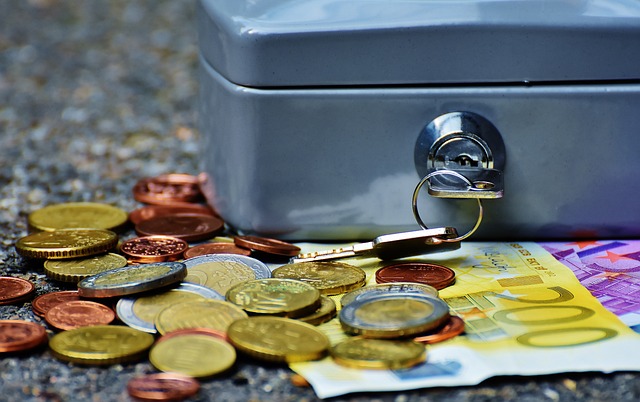
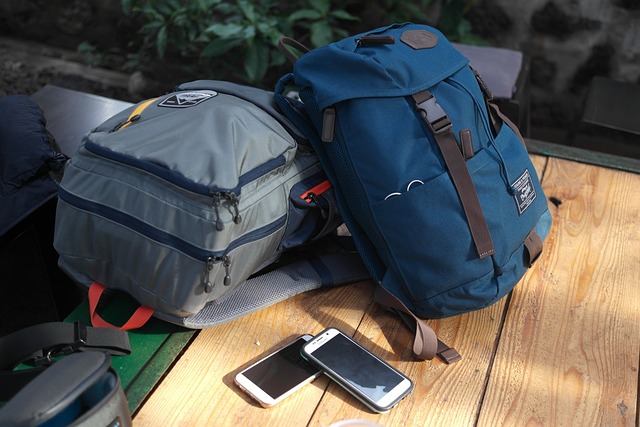
Bags
Use a good bag for all your necessary stuff like your pens, paper and lunch, drinks etc.
This should be easy to walk around with, and you may need to take it with you when you visit the bathroom. Being organised with a good quality bag is going to make your day so much better.
Organise it each evening so it doesn’t fill up with clutter and left over bags of crisps!
If you are carrying valuable items like laptops or items that will break, invest in something durable. Paying for something cheap will only end with your precious stuff broken or damaged and cost you in the long run!
Also consider what type of bags you will provide for customers. We are more aware of our environment today and most of us have something to carry our stuff around, but should someone need a small bag make sure you have something spare for them to use.
Leaving the Market
The reason I suggested in the last lesson, Lesson 15: Packing and Setting Up, getting used to setting up your stall and packing it away, was so you could be in control at the market.
You have rehearsed this, you know which box has which items, and you can easily put things in the right place.
You can also do your checklist now as you put everything away. Make a quick note of items you need to replace when you get home and cut down your time later on.
Be organised here. Make sure you have everything and you are not walking out with jackets wrapped around your neck and boxes without lids. You’ll lose stuff and that will cost you money.
Lost money is lost income from all those hours you were at the market.
Say goodbye to folks on your way out and try to remember their names and what they are selling. This goes a long way to you becoming an integral part of the stall traders network.
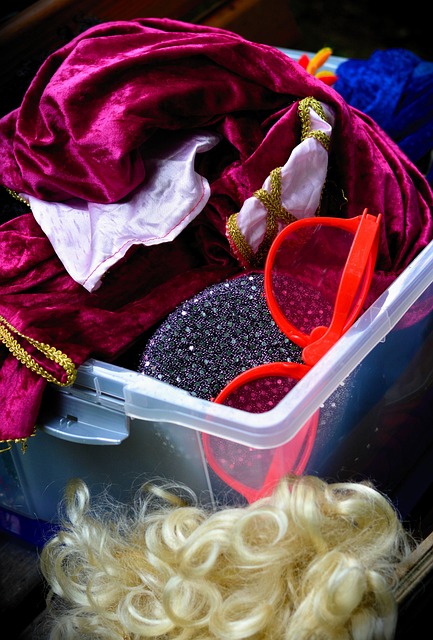
Conclusion
The market place really is the easy part if you have done all your prep work before you get there. There are some things which are going to make your time so much easier to manage if you just prepare for the day.
Get your finances in order, take paper and pens and get organised. You are now the face of your business and you want to make this succeed.
Let me know what else you think is an important lesson or item to have with you before attending a market over on the Facebook page. There is also a podcast called the The Market Nosh Show tuning into traders from various markets.
Quick Quiz
- Why keep accounting records?
- How could a poster help you with free advertising?
- Name one item a pen and paper is useful on your stall.
